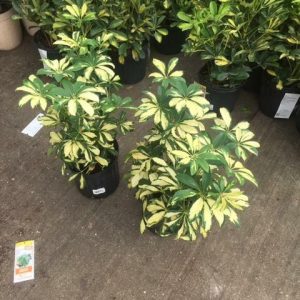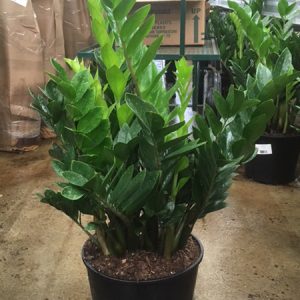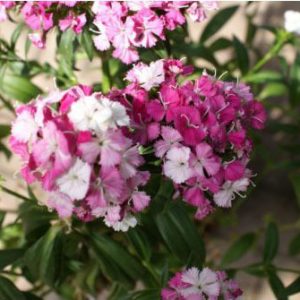Description
Limonium – Sea Lavender – Statice –
There are about 150 species of annual, biennials, and deciduous and evergreen perennials and sub shrubs in this genus. They occur from coast, salt marshes, and deserts worldwide with the major concentration in Mediterranean, Central Asia and the Canary Islands. They produce simple, smooth edged or pinnatifid, pointed leaves, often appearing almost stalkless, are mostly held in basal rosettes. In summer and autumn they bear more or less one sided corymb-like panicles composed of small, stalkless, papery flowers and bracts. The calyces are tubular, and the corollas have 5 lobed petals joined only at the bases. The calyces are usually a different color from the corollas, and persist after the petals have fallen. Long flowering plants are suitable for a sunny herbaceous border and for naturalizing. They are also good for cutting and drying. The larger perennials grow well in coastal sites, the dwarf species are effective in a trough or rock garden.
Grow in preferably sandy, well drained soil in full sun. Large perennials tolerate dry, stony soil. Protect dwarf species from winter moisture. Divide perennials in spring. Tolerant to sea spray and low rainfall.
Prone to rust, leaf spots, flower spots, gray mold, southern blight, and crown rot.
L. sinuatum ‘Forever Gold’ – Statice sinuata – This slow growing, erect, densely hairy perennial, usually grown as an annual grows 24″ tall and 12″ wide. It produces basal rosettes of oblong shaped, deeply lobed, wavy edged, dark green leaves, 6″ long. In summer and early autumn on stiff, branched, winged, slightly leafy, bright green stems carry panicles of clustered spikelets that consist of tiny, funnel shaped, yellow flowers to ½” long, enclosed in hairy, white or pale violet calyces. Good for fresh and dried cut flowers.
Zones 8-9





